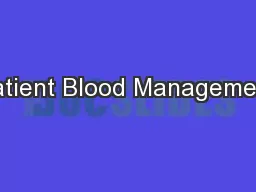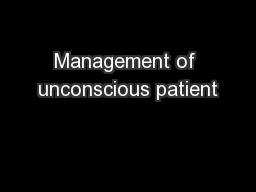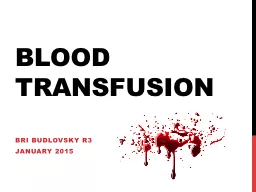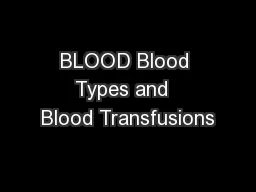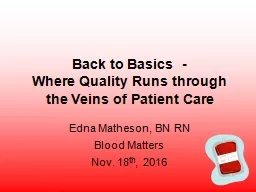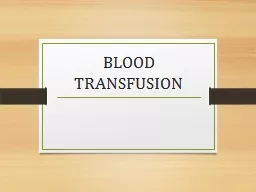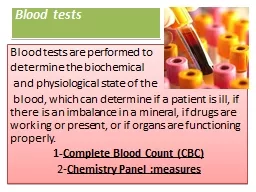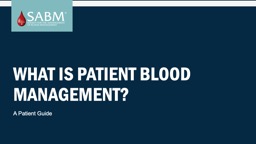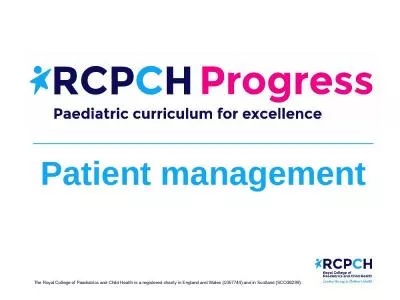PPT-Patient Blood Management
Author : debby-jeon | Published Date : 2018-10-29
MinhHa Tran DO FASCP UC Irvine Health Transfusion Medicine Service Agenda State the guiding principles of Patient Blood Management Name the three phases of perioperative
Presentation Embed Code
Download Presentation
Download Presentation The PPT/PDF document "Patient Blood Management" is the property of its rightful owner. Permission is granted to download and print the materials on this website for personal, non-commercial use only, and to display it on your personal computer provided you do not modify the materials and that you retain all copyright notices contained in the materials. By downloading content from our website, you accept the terms of this agreement.
Patient Blood Management: Transcript
Download Rules Of Document
"Patient Blood Management"The content belongs to its owner. You may download and print it for personal use, without modification, and keep all copyright notices. By downloading, you agree to these terms.
Related Documents

